A series of questionable decisions by the third umpire have ignited controversy during the first Test match between the West Indies and Australia at Kensington Oval in Bridgetown, Barbados. Three disputed calls over two days have significantly impacted the flow of the game.
On Day 2, the West Indies held a slight advantage, with Australia at 92/4 in their second innings, leading by a mere 82 runs. Adrian Holdstock, the third umpire, has been at the center of the storm, with decisions affecting both teams. Australia were initially dismissed for 180, while the West Indies responded with 190.
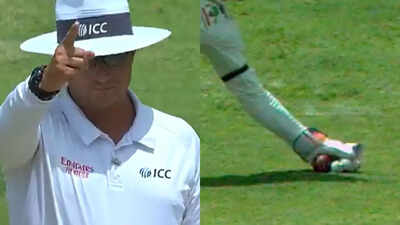
The initial controversy arose on Day 1 when Travis Head was adjudged not out, despite replays suggesting the ball was caught cleanly by the wicketkeeper off Shamar Joseph. The third umpire deemed the evidence insufficient to confirm a clean catch.
Another contentious moment occurred in the first over of Day 2, when Roston Chase survived an LBW appeal off Josh Hazlewood. Despite a visible spike before the ball made contact with the bat, the benefit of the doubt was given to Chase.
Chase capitalized on this reprieve, scoring 44 runs before being dismissed in another controversial call. He was given out LBW to Pat Cummins, and despite reviewing the decision citing a visible deviation near the bat, the original verdict stood.
Commentator Ian Bishop voiced his disagreement, stating, "I disagree with the decision, I disagree with the technology, I thought he hit that but somehow, it's worked against Roston Chase."
The series of questionable calls continued when Shai Hope was given out caught behind by Alex Carey, even though replays hinted that the ball might have touched the ground during the catch.
Australia now faces the challenge of building a substantial partnership on Day 3 to regain control of the match. The DRS decisions will undoubtedly be a talking point as the Test progresses.
Newer articles
Older articles
 Moto G54 Gets Significant Price Cut in India, Making Budget Smartphone Even More Appealing
Moto G54 Gets Significant Price Cut in India, Making Budget Smartphone Even More Appealing
 Africa's Rift Valley: Mantle Upwelling Drives Continent's Split and Birth of New Ocean
Africa's Rift Valley: Mantle Upwelling Drives Continent's Split and Birth of New Ocean
 X Cracks Down: Over Half a Million Indian Accounts Suspended for Policy Breaches
X Cracks Down: Over Half a Million Indian Accounts Suspended for Policy Breaches
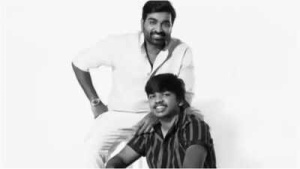 Vijay Sethupathi Apologizes Amid Controversy Over Son Surya's Debut Film 'Phoenix'
Vijay Sethupathi Apologizes Amid Controversy Over Son Surya's Debut Film 'Phoenix'
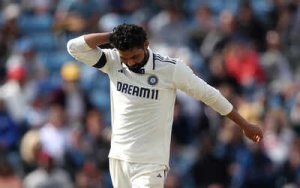 Jadeja's Accuracy Questioned: Ex-India Pacer Slams Spin Strategy in England Test Loss
Jadeja's Accuracy Questioned: Ex-India Pacer Slams Spin Strategy in England Test Loss
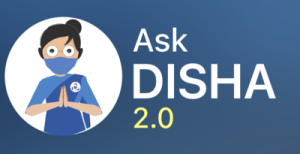 IRCTC's AI Chatbot Revolutionizes Train Ticket Booking, Refunds, and Information Access
IRCTC's AI Chatbot Revolutionizes Train Ticket Booking, Refunds, and Information Access
 Google Maps Enhances Directional Accuracy with Fused Orientation Provider Update
Google Maps Enhances Directional Accuracy with Fused Orientation Provider Update
 Ashada Gupt Navratri 2025: Unveiling Dates, Sacred Rituals & Hidden Significance of the Monsoon Festival
Ashada Gupt Navratri 2025: Unveiling Dates, Sacred Rituals & Hidden Significance of the Monsoon Festival
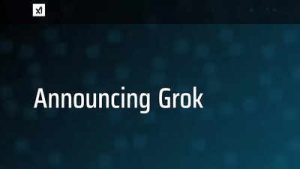 xAI to Open Source Grok, Democratizing Access to Musk's AI Chatbot
xAI to Open Source Grok, Democratizing Access to Musk's AI Chatbot
 Android Users Urged to Patch Now: Critical Security Flaws Expose Devices to Attacks
Android Users Urged to Patch Now: Critical Security Flaws Expose Devices to Attacks